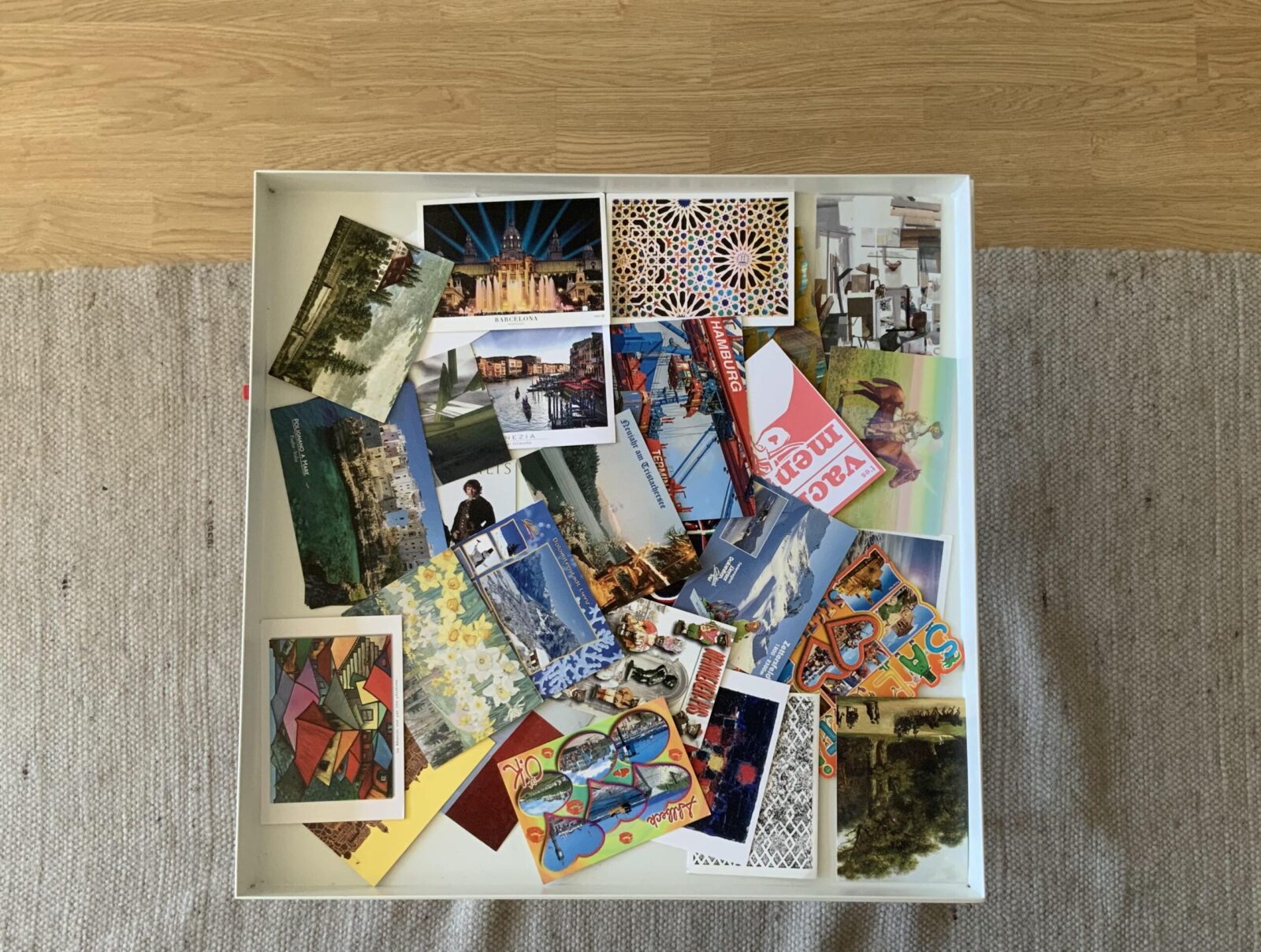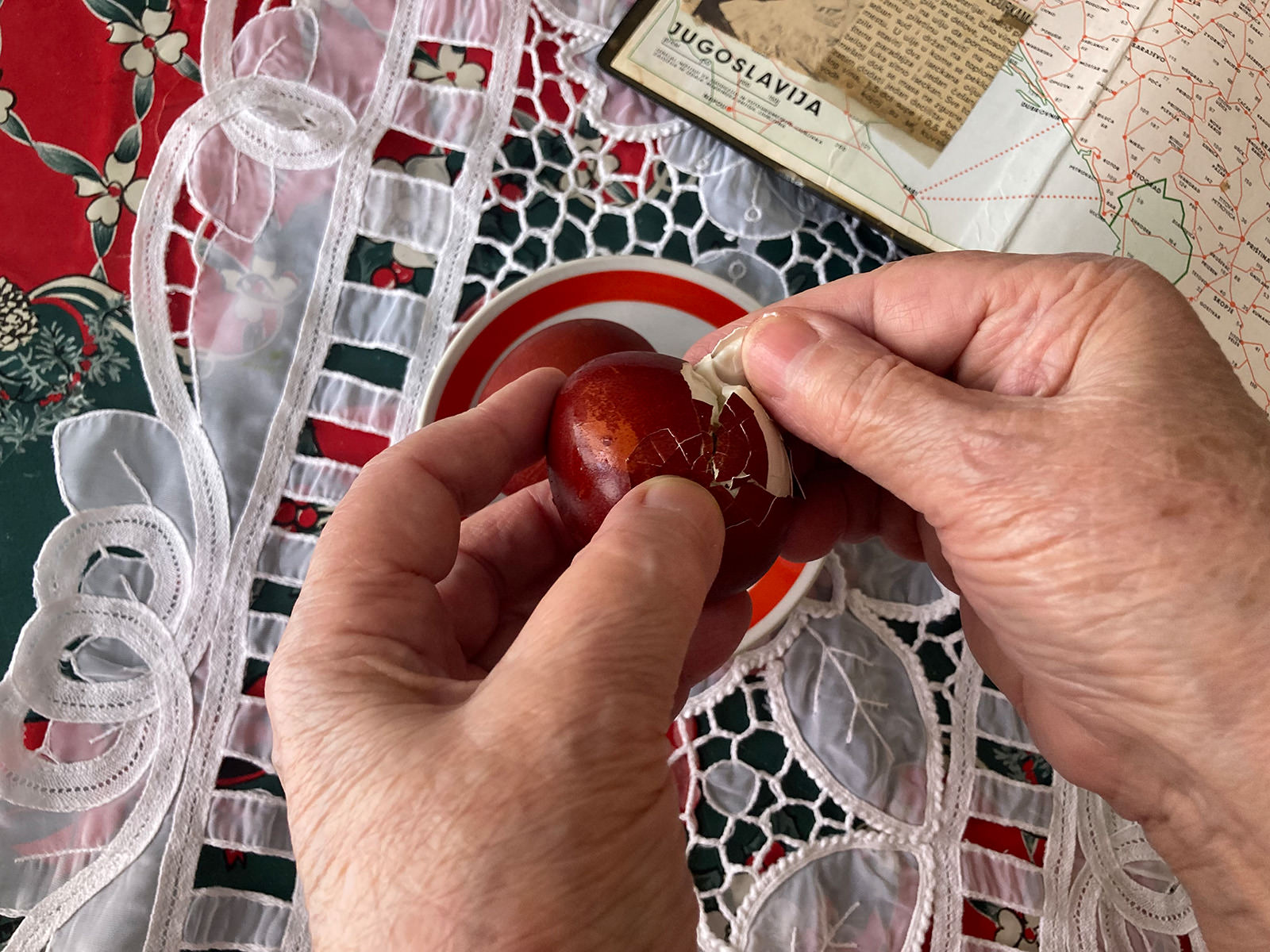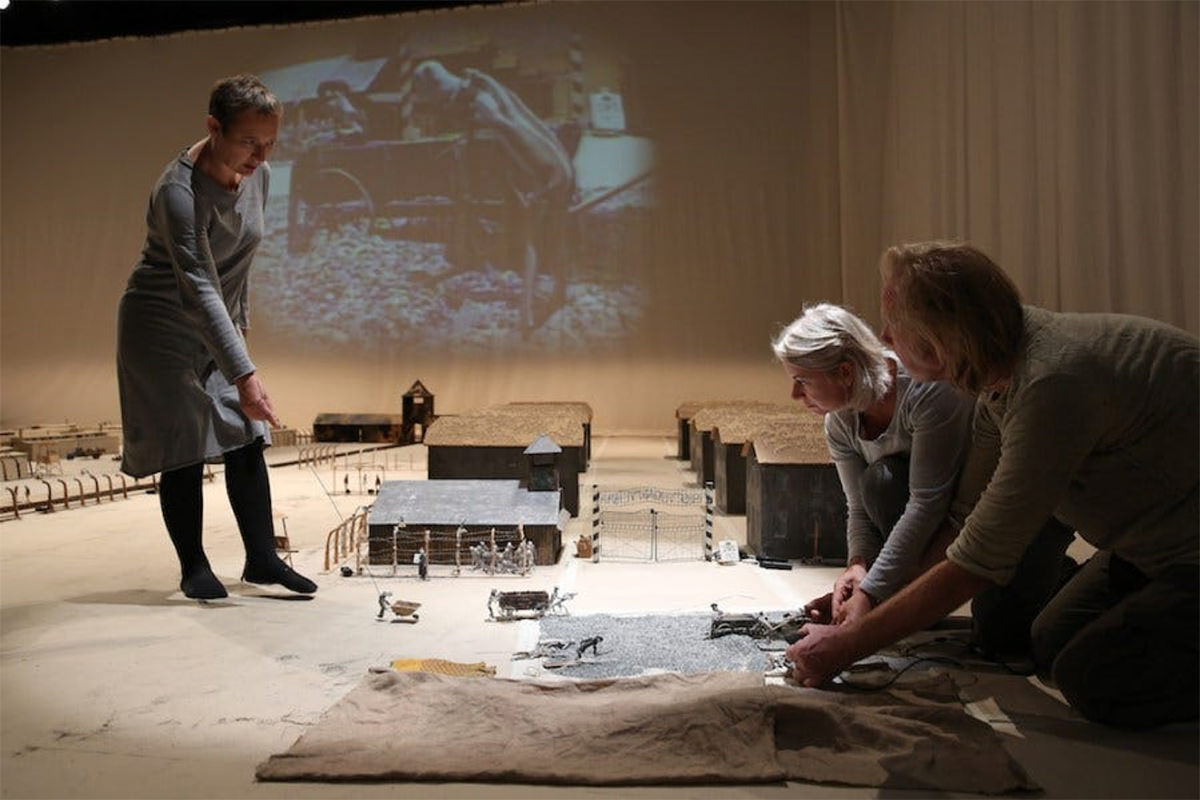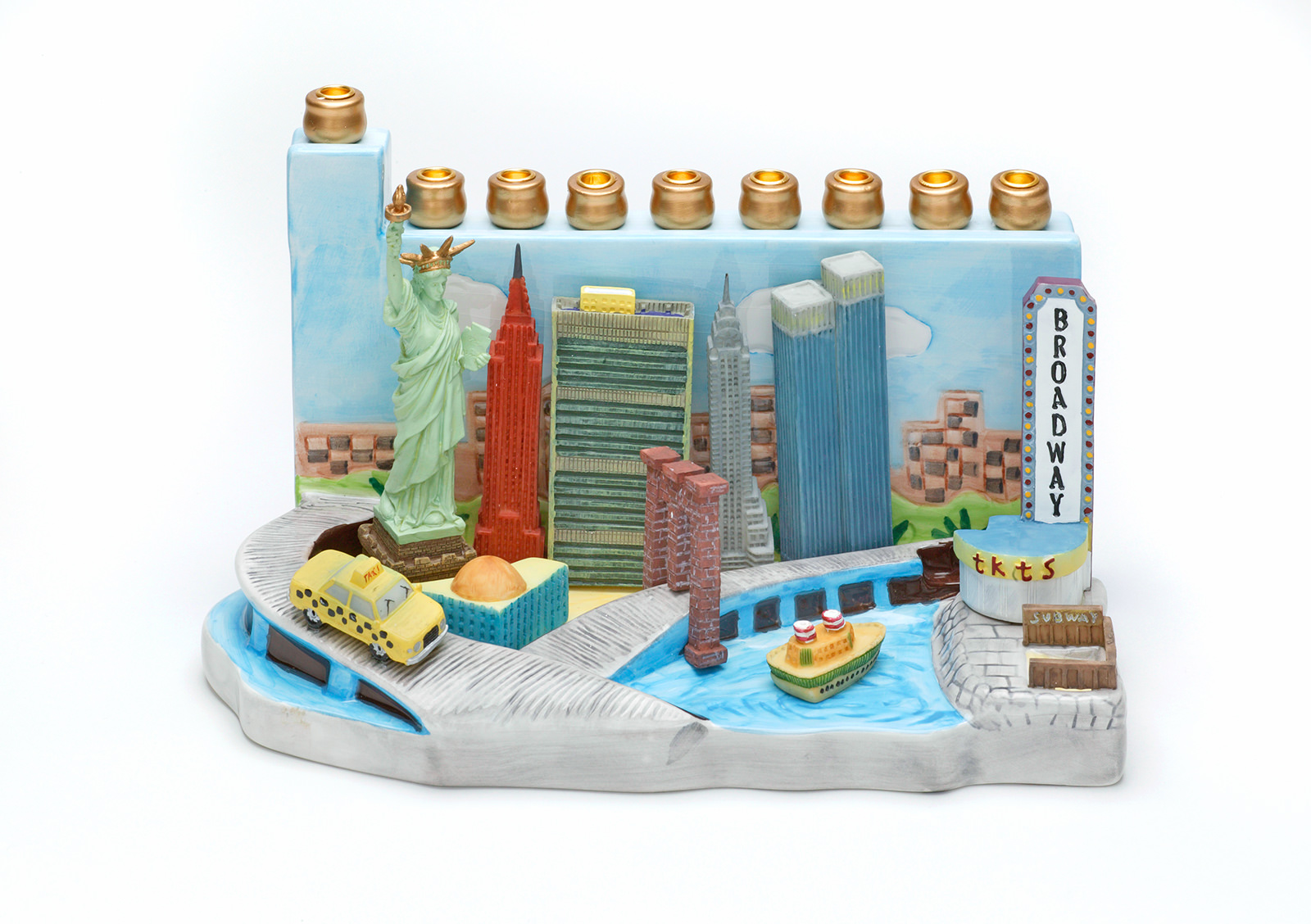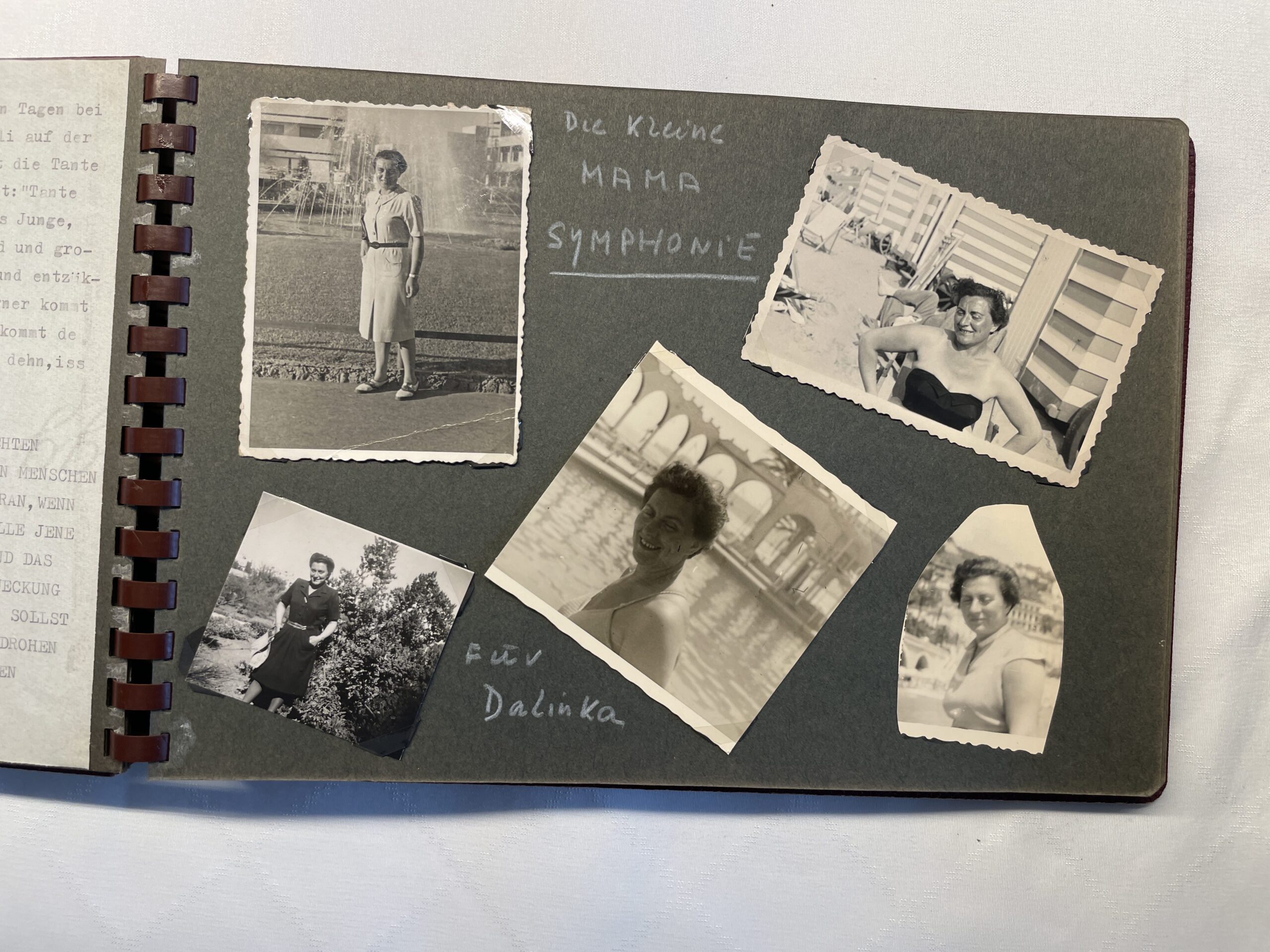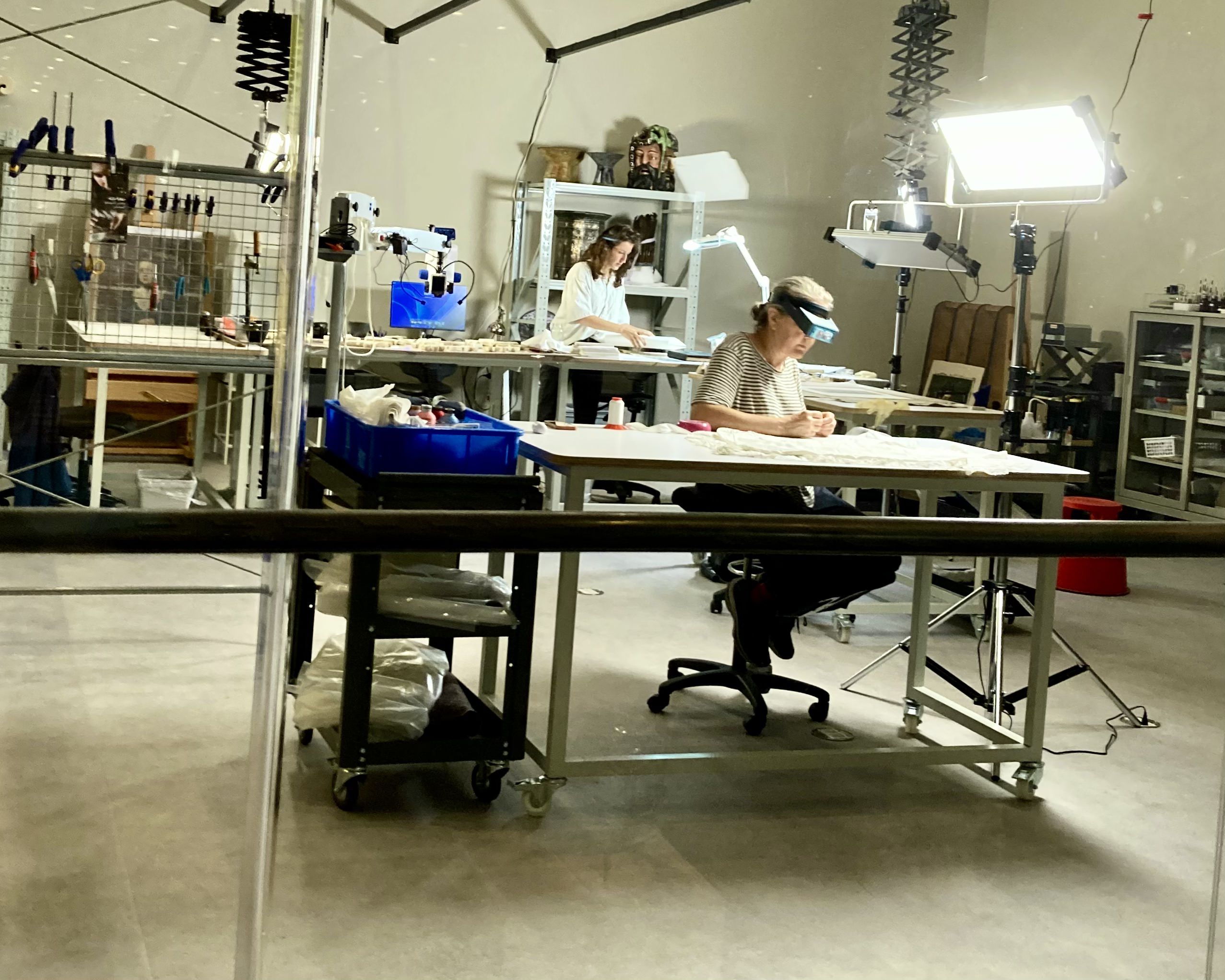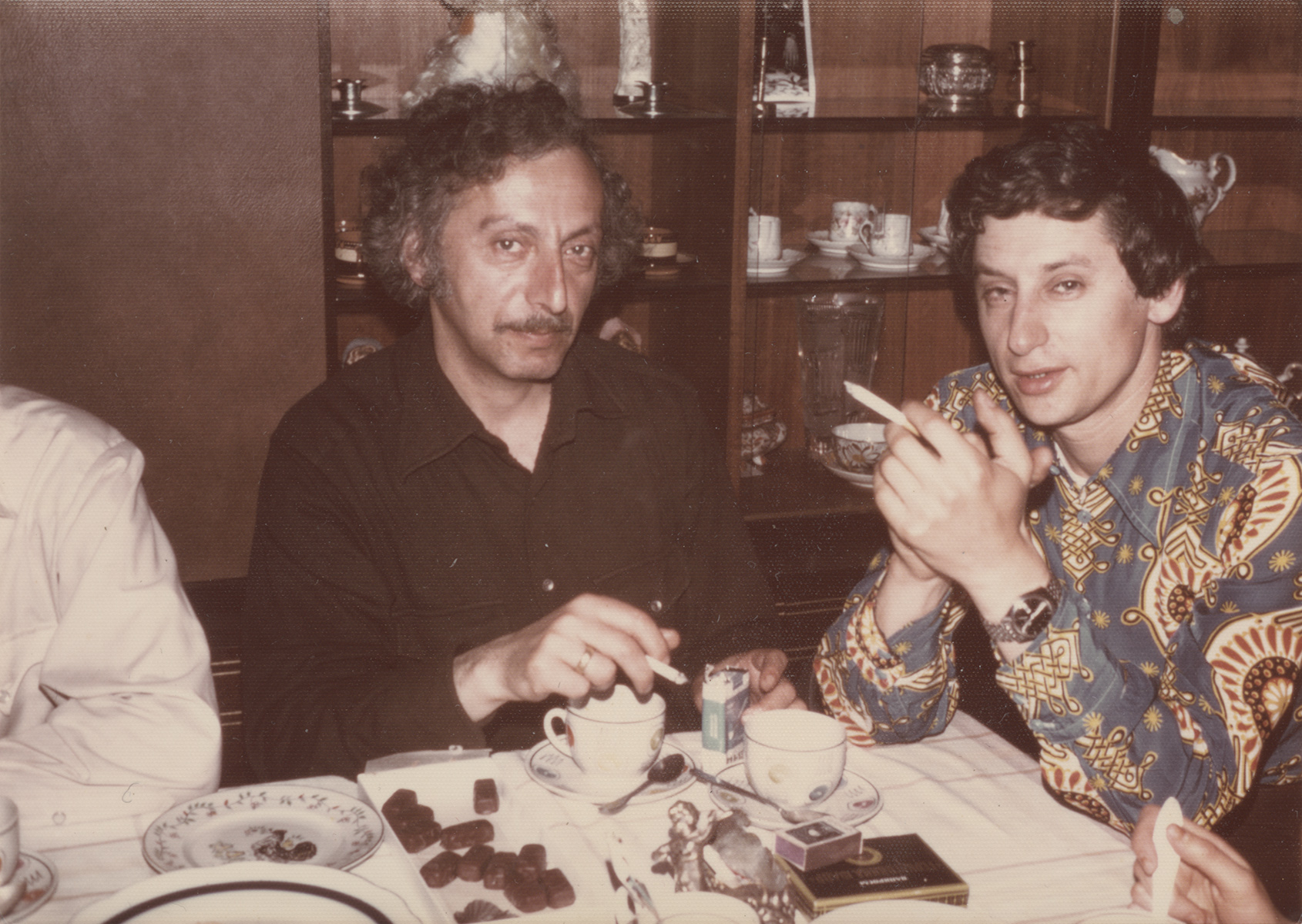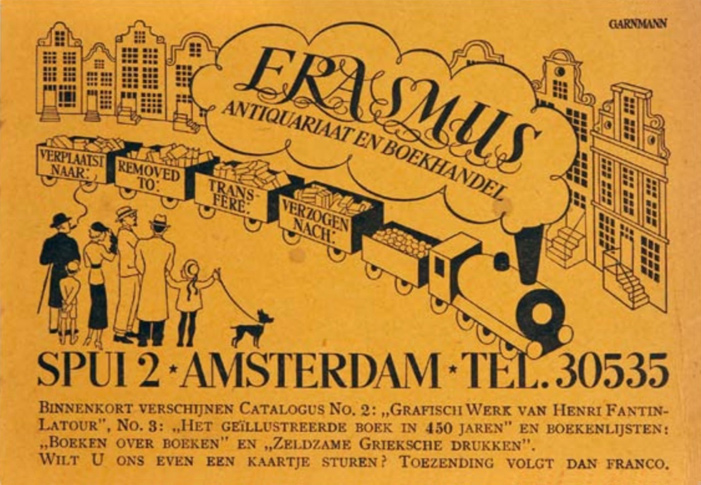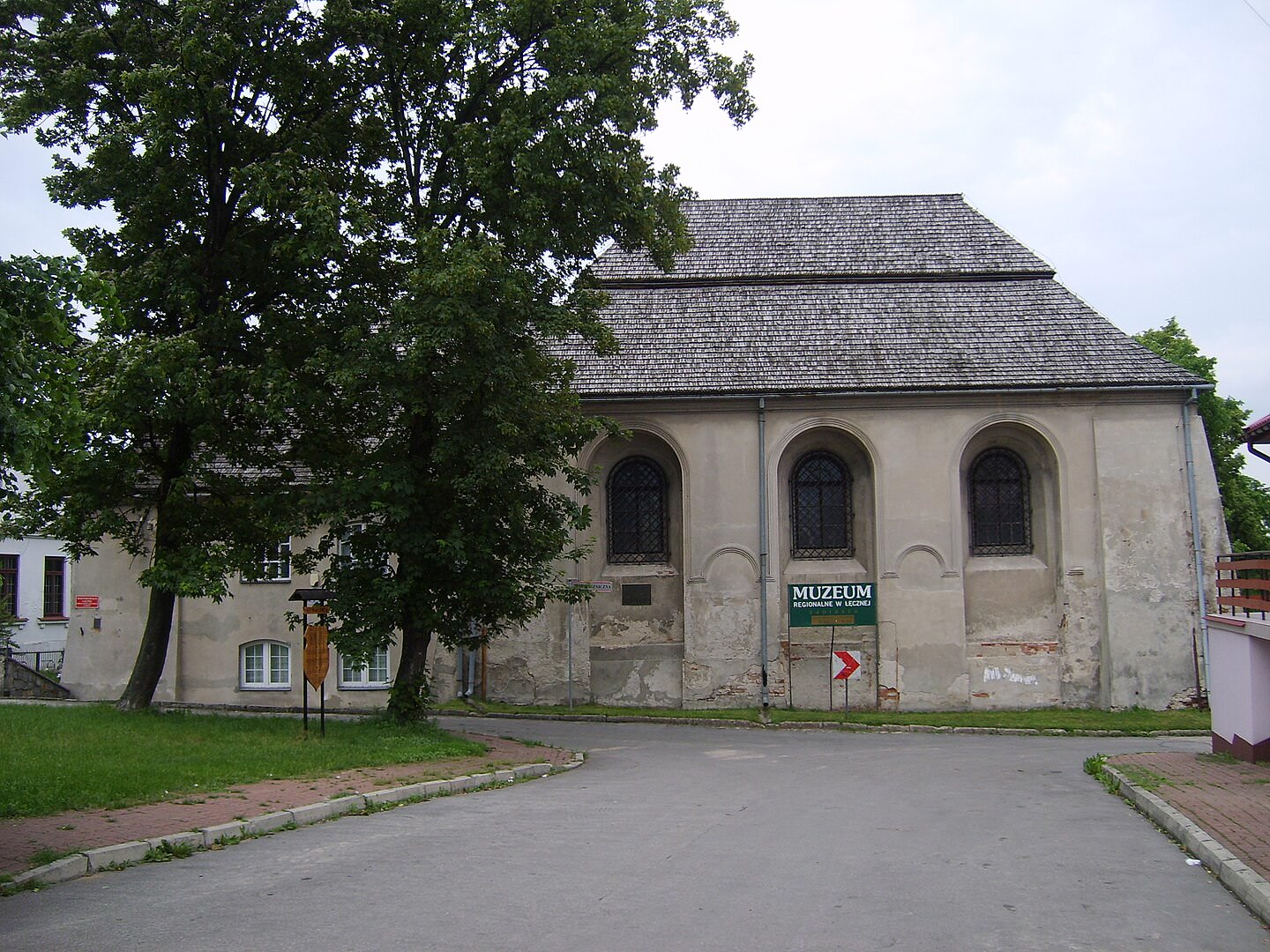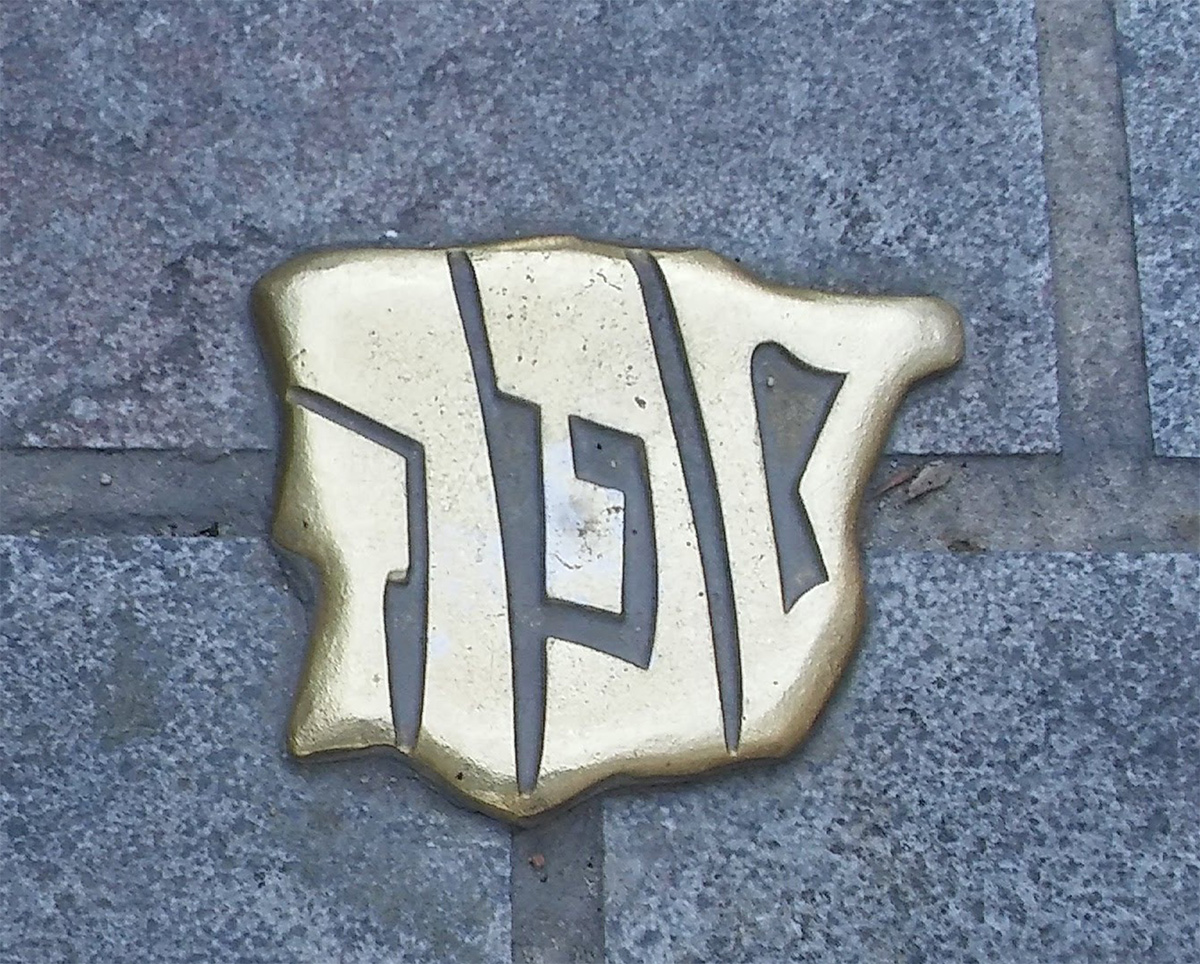
Materializing Memory and Sanctifying Place – Jewish Sephardic Heritage in Contemporary Spain
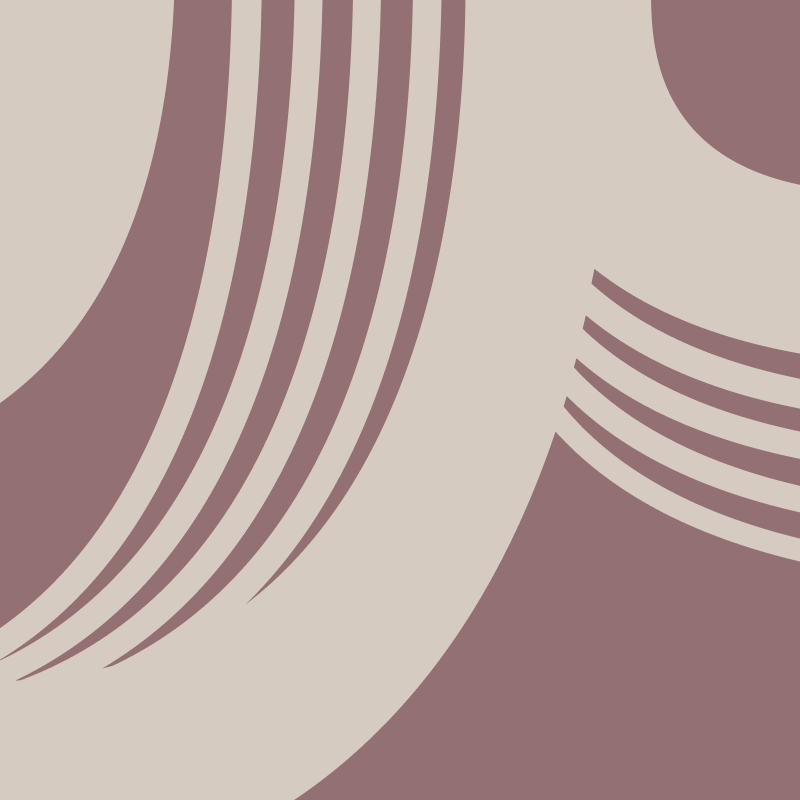
Threads of Identity – The Evolution of Israeli Fashion and the Attempt to Create a National Dress
The Written Silent, the Visible Absence, and the Text in the Written after 1945 – Materiality of Catastrophe, Exile and Belonging in Barbara Honigmann’s Writings
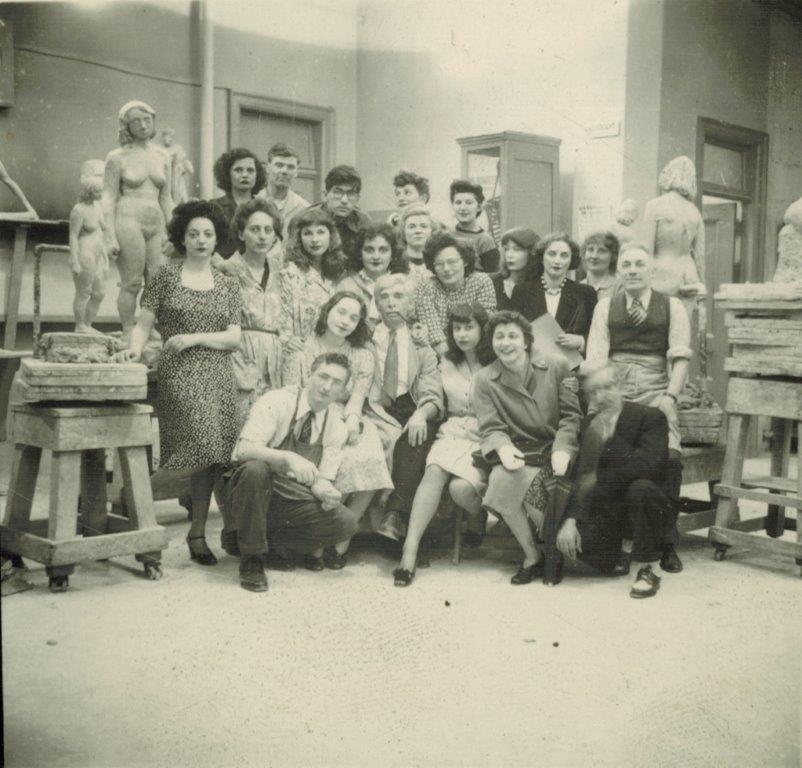
Processing Loss and Fostering Resilience – Jewish and Female Sculptural Strategies of Coping with the 20th Century

Shattered Objects, Shattered Spaces – The Destruction of Jewish Homes in the November Pogroms of 1938

Corresponding with history – Jewish Postage Stamp Collectors and Jewish Emancipation

Nation-Building and Cultural Heritage – The Making of the Jewish National Library in Jerusalem, 1892–1948
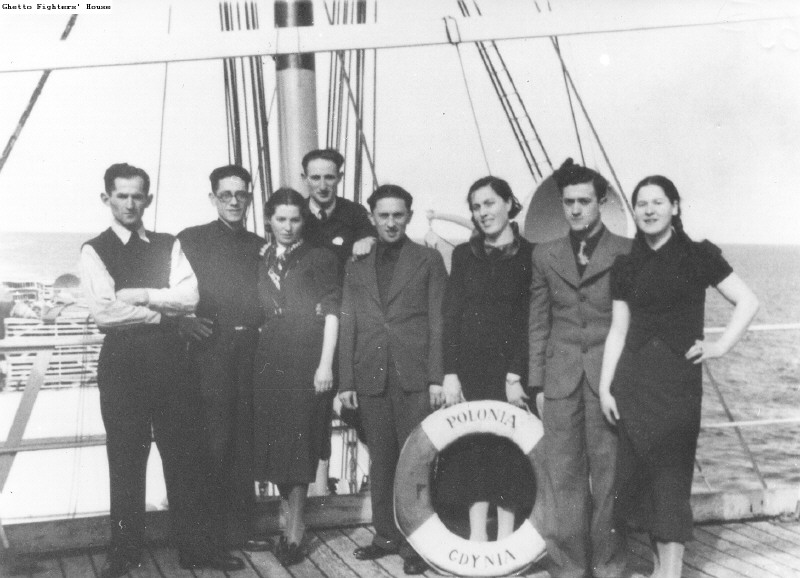
DVARIM POLANIM – Material Culture and the Changing Identity of Polish Jews in Israel across the 20th Century
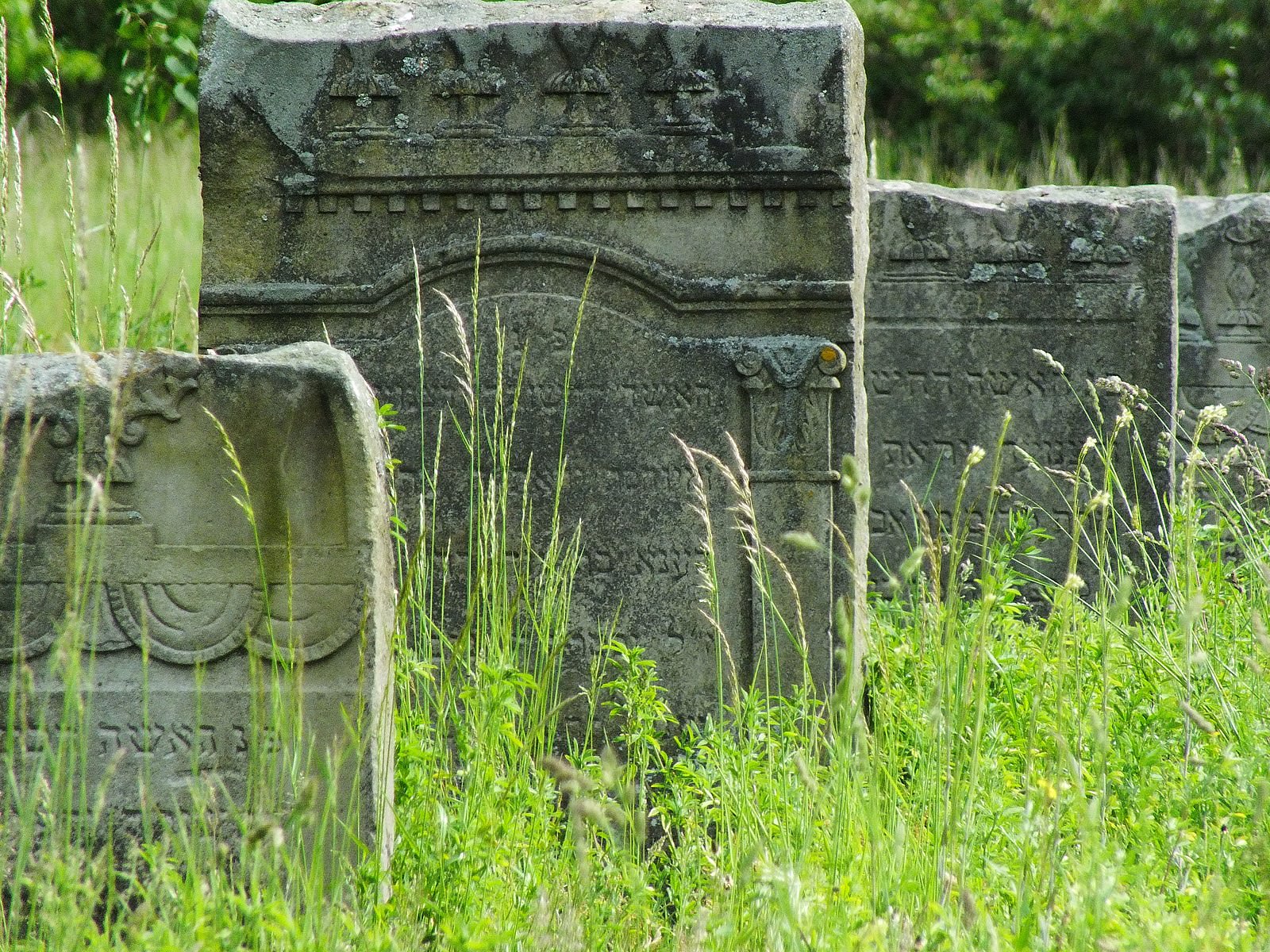
Between Ruins and Revival – Jewish Identity and Material Heritage in Post-Communist Poland

Places of Jewish Knowledge – The Wissenschaft des Judentums and its Material Sites in Berlin’s Urban Landscape, 1871–1961

Traces of belonging(s) – on the materiality of the imprisonment experience of Jewish women in the Ravensbrück women’s concentration camp
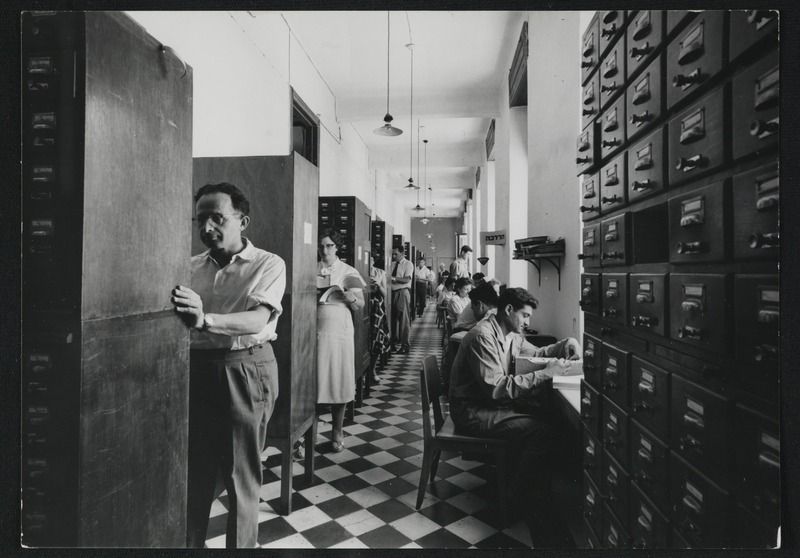
Aufbau im Übergang – Curt Wormann and the Jewish National and University Library between Nation-building and Cultural Diplomacy
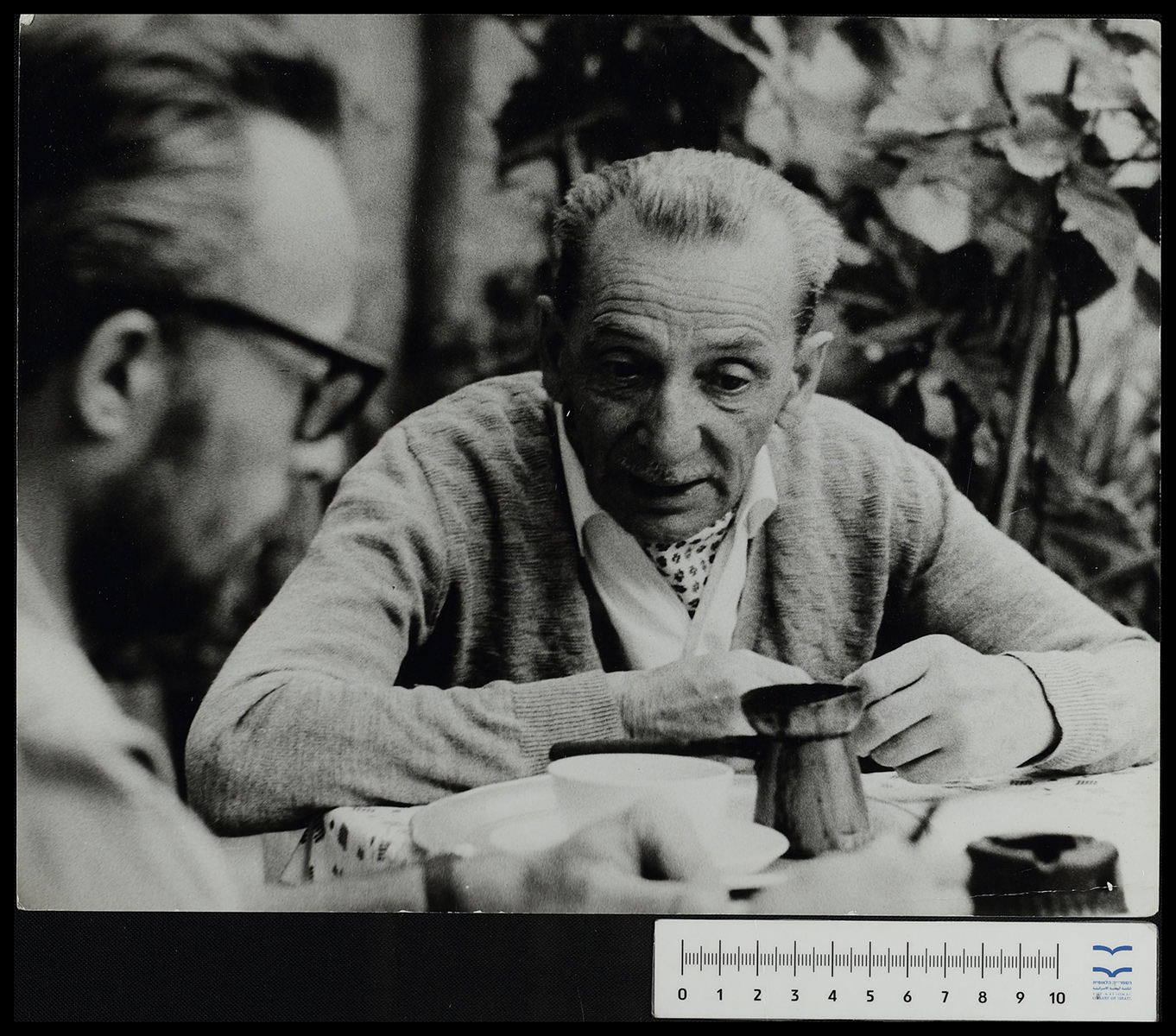
To Change, Question, and Criticize – Concepts of a ‘Werk’ and Concepts of Objects in Illustrated Magazines in Berlin and Vienna during the 1920s.
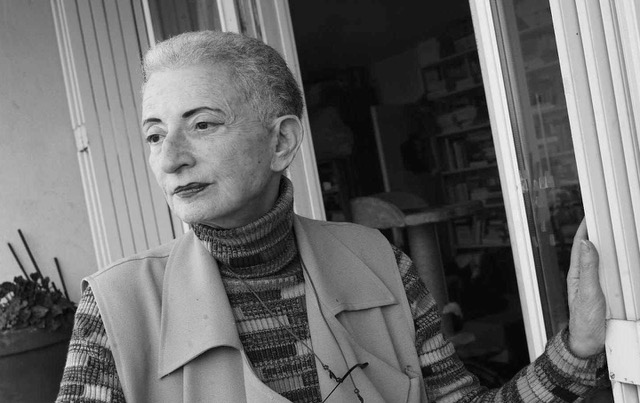
“Mes poumons comme les rouleaux de la Thora” – Towards a Poetics of the Trace: Jewishness, Exile, and Writing in the Work of Hélène Cixous

Between Ruins and Revival – Jewish Identity and Material Heritage in Post-Communist Poland
Poland, once home to the largest Jewish population before World War II, has faced a “Renaissance of Jewishness” over the past 25 years, leading many young people of Jewish descent without prior affiliation to reconnect with their heritage and become part of the community. The end of communism not only marked the beginning of the country’s political and economic transformation but also contributed to the rebirth of Jewish intellectual, religious, and institutional life. Today, with antisemitic tendencies still visible in Polish society, the process of reclaiming identity remains both fragile and contested.
Focusing on material sites such as synagogues, cemeteries, and ritual baths, the project examines how physical remnants of Jewish life serve as links between past and present, shaping post-memory and identity among the first and second generations after the Holocaust. It analyzes how these sites are preserved, restored, repurposed, or contested and how they mediate generational connections. Material heritage can thus bridge communities or become a site of conflict, negotiation, and reinterpretation. The project also considers the roles played by non-Jewish actors, such as local authorities, NGOs, and cultural institutions, in preserving or politicizing these sites. Jewish heritage in rural regions – particularly in Eastern Poland and the former Borderlands – has received limited scholarly attention. This project broadens the scope of existing research by including these underexplored areas. Furthermore, by comparing selected urban and rural case studies, the project identifies contextual differences in the treatment of heritage and highlights the analytical potential of regional comparison.
Through archival research, site analysis, and interviews, the project investigates the layered meanings attributed to Jewish material heritage, contributing to broader discussions on post-Holocaust memory, cultural revival, and belonging in post-communist Central and Eastern Europe in the aftermath of displacement and trauma.
